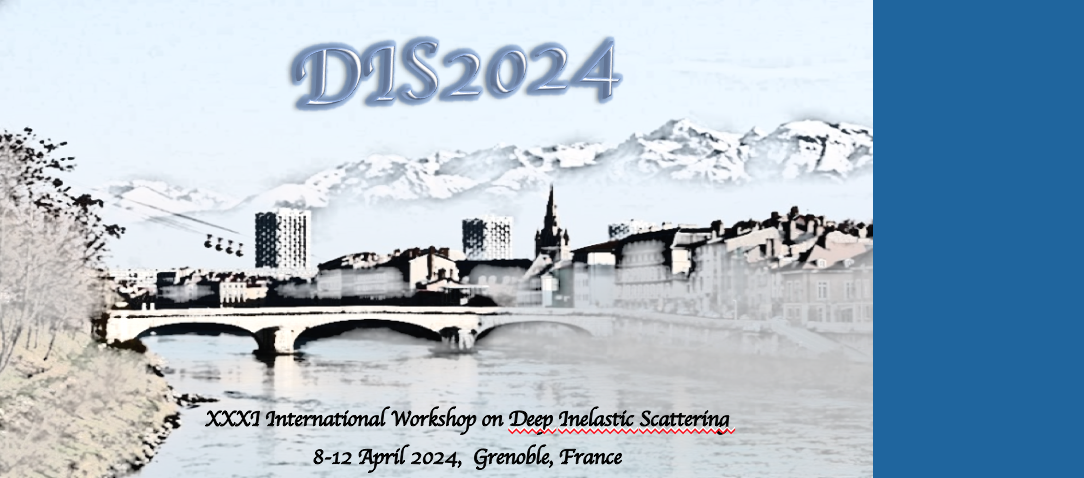Orateur
Description
The Large Hadron-electron Collider and the Future Circular Collider in electron-hadron mode [1] will make possible the study of DIS in the TeV regime providing electron-proton collisions with per nucleon instantaneous luminosities of $10^{34}$ cm$^{−2}$s$^{−1}$. We review the possibilities for detection of physics beyond the SM in these experiments, focusing on feebly interacting particles like heavy neutrinos or dark photons, on anomalous gauge couplings, and on theories with heavy resonances like leptoquarks, or with contact interactions. We will emphasise the complementarity of searches at the LHeC (FCC-eh), and the respective hadronic colliders, the HL-LHC and the FCC-hh, and $e^+e^-$ Higgs factories.
[1] LHeC Collaboration and FCC-he Study Group: P. Agostini et al., J. Phys. G 48 (2021) 11, 110501, e-Print: 2007.14491 [hep-ex].
The Large Hadron-electron Collider and the Future Circular Collider in electron-hadron mode [1] will make possible the study of DIS in the TeV regime providing electron-proton collisions with instantaneous luminosities of cms. With a charged current cross section around 200 (1000) fb at the LHeC (FCC-eh), Higgs bosons will be produced abundantly. We examine the opportunities for studying several of its couplings, particularly
,
, , and Higgs to invisible. We also discuss the possibilities to measure anomalous Higgs couplings, and the implications of precise parton densities measured in DIS on Higgs physics. We finally address the complementarity in measuring Higgs couplings between the LHeC and the FCC-he and the respective hadronic colliders, the HL-LHC and the FCC-hh, and Higgs factories, but will also emphasise the gain in accuracy achievable by combining results between those colliders.
[1] LHeC Collaboration and FCC-he Study Group: P. Agostini et al., J. Phys. G 48 (2021) 11, 110501, e-Print: 2007.14491 [hep-ex].

